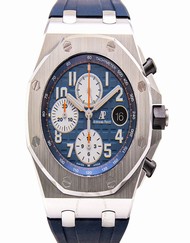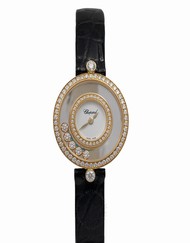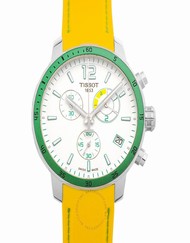Luxury Longines replica watches
Shopping Cart - 0 Item
You have no items in your shopping cart.
- REPLICA WATCHES
- Real Photo Watches
- Audemars Piguet
- Cartier
- Bvlgari
- Watches other brands
- NEWS WATCHES
- Contact Us
Menu
- HOME
- Audemars Piguet
- Bell & Ross
- Breitling
- Bvlgari
- Cartier
- Chopard
- Diesel
- Franck Muller
- Grand Seiko
- Hamilton
- Hublot
- IWC
- Jaeger Lecoultre
- Jaquet Droz
- Longines
- Maurice Lacroix
- MeisterSinger
- MIDO
- Montblanc
- Nomos Glashuette
- Omega
- Oris
- Panerai
- Patek Philippe
- Rado
- Richard Mille
- Seiko
- Sevenfriday
- SINN
- TAG Heuer
- Tissot
- Ulysse Nardin
- Zenith
- NEWS WATCHES
-
Home / -
Longines Replica / -
Longines La Grande Classique L47094556
Buy Replica Longines La Grande Classique L47094556 Watches
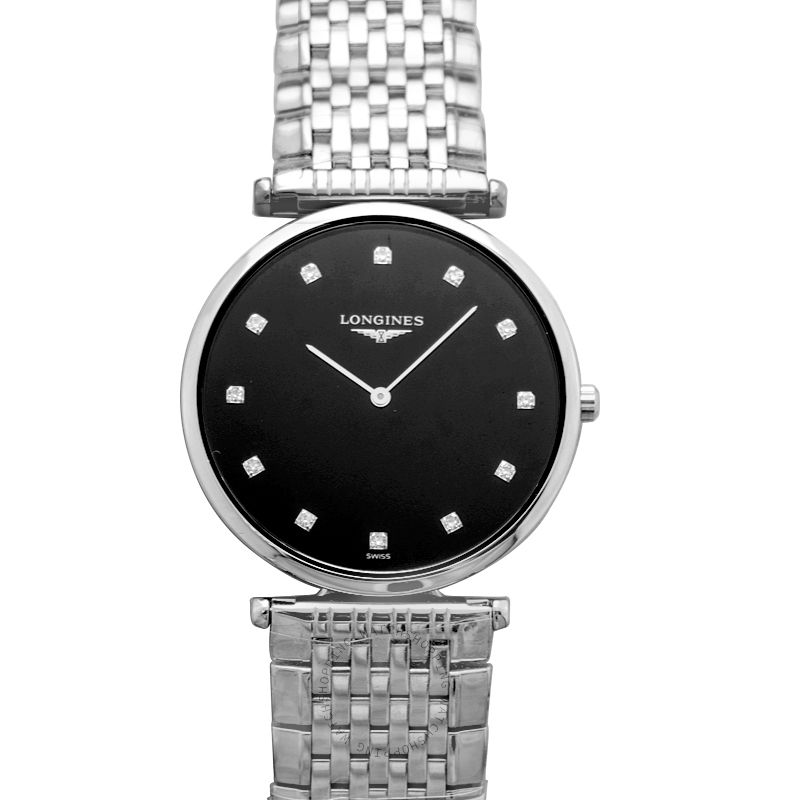
Longines La Grande Classique L47094556 Details
| INFORMATION | |
|---|---|
| BRAND | Longines |
| SERIES | La Grande Classique |
| MODEL | L47094556 |
| Gender | Ladies |
| PRODUCED | - |
| DIAL | |
| TYPE | - |
| COLOUR | Black |
| FINISH | Polished |
| INDEXES | - |
| CASE | |
| MATERIAL | Stainless Steel |
| CRYSTAL | Scratch Resistant Sapphire |
| BACK | Solid |
| SHAPE | Round |
| DIAMETER | 33mm |
| HEIGHT | - |
| MOVEMENT | |
| CALIBRE | - |
| TYPE | Quartz |
| DIAMETER | - |
| JEWELS | - |
| RESERVE | - |
| Frequency | - |
| Time | - |
| BAND | |
| BandMaterial | Stainless Steel |
| FEATURES | |
| WATER RESISTANCE | 30 m |
| STYLE | Luxury Watches |
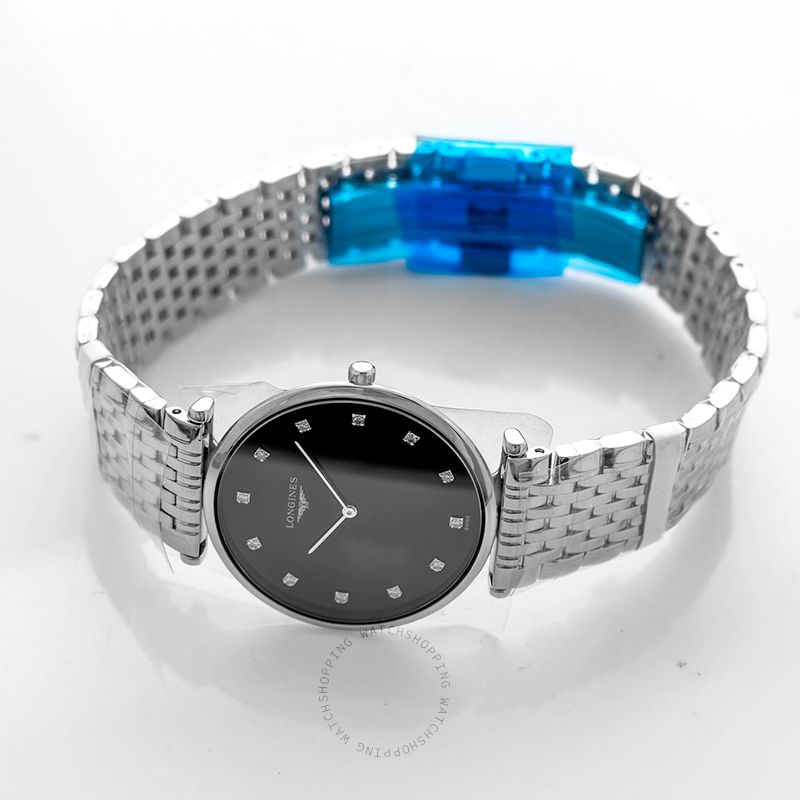
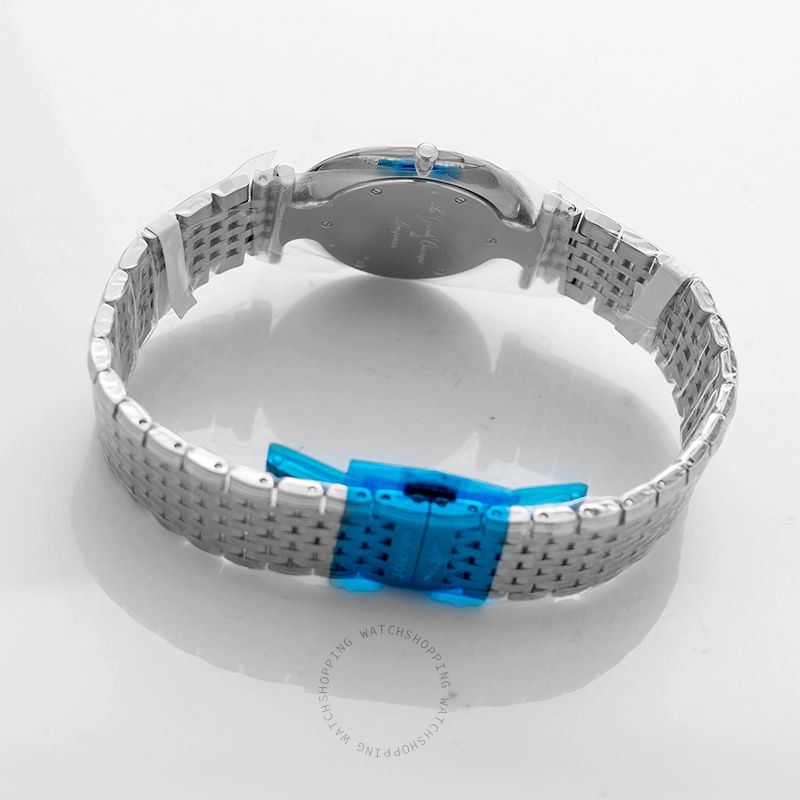

comments
- i received it on time, very, timely express
 [Rating:(5 / 5 stars)]
[Rating:(5 / 5 stars)]- Review by Ragnar Rannok United States Vivian from Netherlands Purmerend
- great deal == thanx
 [Rating:(5 / 5 stars)]
[Rating:(5 / 5 stars)]- Review by Josh Spain Orihuela Costa from Netherlands Purmerend
Watches NEWS
GPHG 2017 Finalists Announced - With Analysis and Predictions
As we approach the end of each year, the GPHG (Grand Prix d’Horlogerie de Geneve) ceremony takes place in Geneva. The so-called Oscars of the Watchmaking Industry, the gala event celebrates the best watches of the year – the most advanced, the most innovative, and the most creative timepieces – as well as the outright best in show, the Aiguille d’Or. Today we’re able to bring you, hot off the press, the complete list of finalists selected by the Jury. Only six watches remain in each of the twelve categories and, while the final jury selection will only be given on November 8, 2017, we can already give you the full list, our impressions and our usual predictions about the possible awarded watches.Ladies Audemars Piguet Royal Oak Frosted Gold Chanel Premiere Camelia Skeleton Chopard Imperiale Moonphase Fiona Kruger Petit Skull “Eternity’ Parmigiani Fleurier Tonda Metropolitaine Selene Urwerk UR-106 Flower PowerThis year, the “ladies”
As we approach the end of each year, the GPHG (Grand Prix d’Horlogerie de Geneve) ceremony takes place in Geneva. The so-called Oscars of the Watchmaking Industry, the gala event celebrates the best watches of the year – the most advanced, the most innovative, and the most creative timepieces – as well as the outright best in show, the Aiguille d’Or. Today we’re able to bring you, hot off the press, the complete list of finalists selected by the Jury. Only six watches remain in each of the twelve categories and, while the final jury selection will only be given on November 8, 2017, we can already give you the full list, our impressions and our usual predictions about the possible awarded watches.Ladies Audemars Piguet Royal Oak Frosted Gold Chanel Premiere Camelia Skeleton Chopard Imperiale Moonphase Fiona Kruger Petit Skull “Eternity’ Parmigiani Fleurier Tonda Metropolitaine Selene Urwerk UR-106 Flower PowerThis year, the “ladies”
Introducing The Combat-Ready Ikepod Seapod Camo Pixel
Ikepod was founded in 1994 by entrepreneur Oliver Ike and influential designer Marc Newson, the name behind three Atmos clocks for Jaeger-LeCoultre and Ikepod’s cult pod-shaped UFO watches that caught the eye of designers, artists and architects worldwide. Although Ikepod had a bumpy financial ride, it was revitalised in 2018 to attract a new generation with great design and aggressive prices. The Seapod, Ikepod’s diver, surfaces again with a combat-ready Camo Pixel dial that will speak to gamers and veterans above the waves and at depths of 200 metres.Camo PixelUsed by animals to blend into the environment and survive attacks from predators, camouflage crossed over into the military to keep soldiers and their kit protected from enemy fire, even at close quarters. Camo pixel, used for the first time by the military in 2005, is composed of pixelated patterns in different sizes and colours. Although pixellated camouflage was abandoned by the U.S. Army in 2019, the visually di
Ikepod was founded in 1994 by entrepreneur Oliver Ike and influential designer Marc Newson, the name behind three Atmos clocks for Jaeger-LeCoultre and Ikepod’s cult pod-shaped UFO watches that caught the eye of designers, artists and architects worldwide. Although Ikepod had a bumpy financial ride, it was revitalised in 2018 to attract a new generation with great design and aggressive prices. The Seapod, Ikepod’s diver, surfaces again with a combat-ready Camo Pixel dial that will speak to gamers and veterans above the waves and at depths of 200 metres.Camo PixelUsed by animals to blend into the environment and survive attacks from predators, camouflage crossed over into the military to keep soldiers and their kit protected from enemy fire, even at close quarters. Camo pixel, used for the first time by the military in 2005, is composed of pixelated patterns in different sizes and colours. Although pixellated camouflage was abandoned by the U.S. Army in 2019, the visually di
The Compact Habring2 Doppel38 Split-Seconds
Austrian independent watchmaker created by couple Maria and Richard Habring, also known as Habring2, has been building a variety of watches/movements, most of them with a little twist for the display – such as a deadbeat seconds or a foudroyante seconds. Yet, their most emblematic model is, without a doubt, the so-called Doppel, or split-seconds chronograph. Offered in various generations, the latest being the Doppel-Felix, it has always been a rather large model. But, after finding out the “small is beautiful”, the watchmaking couple has decided to come back more compact, following the current trend for downsizing. And the result is this appealing new Habring2 Doppel38.BackgroundThe story of the Habring2 Doppel starts in 2012, with the Doppel 2.0 watch… the concept; using a well-known mechanical base (a 7750) and modifying it with a rattrapante (or split-seconds, or doppelchronograph) function, yet with a price that was closer to a standard chronograph. A year
Austrian independent watchmaker created by couple Maria and Richard Habring, also known as Habring2, has been building a variety of watches/movements, most of them with a little twist for the display – such as a deadbeat seconds or a foudroyante seconds. Yet, their most emblematic model is, without a doubt, the so-called Doppel, or split-seconds chronograph. Offered in various generations, the latest being the Doppel-Felix, it has always been a rather large model. But, after finding out the “small is beautiful”, the watchmaking couple has decided to come back more compact, following the current trend for downsizing. And the result is this appealing new Habring2 Doppel38.BackgroundThe story of the Habring2 Doppel starts in 2012, with the Doppel 2.0 watch… the concept; using a well-known mechanical base (a 7750) and modifying it with a rattrapante (or split-seconds, or doppelchronograph) function, yet with a price that was closer to a standard chronograph. A year
Hands-On Grand Seiko 44GS Hi-Beat Ice Blue SLGH013 (Specs, Price)
Multiple elements define Grand Seiko’s style, all gathered under an important set of rules known as the Grammar of Design. The instrument behind this series of guidelines was a watch known as the 44GS, a sharp and unmistakably GS watch born in 1967, and one that will set in stone what the brand’s creations will be for the future. We’ve seen multiple releases this year celebrating the 55th anniversary of the 44GS, such as the Hi-Beat GMT SBGJ255 and, considering today’s matters, the Hi-Beat Automatic SLGH009. The latter, a limited edition, introduced GS’ latest automatic movement within an all-time classic design. And today, it’s time for this Calibre 9SA5 to join the permanent 44GS collection, with the new?SLGH013 and its striking ice blue textured dial. And there are a few other things to know!The 44GS is a watch that can be considered instrumental in the history of Grand Seiko. It was, when released in 1967, the first model to apply designer?Taro T
Multiple elements define Grand Seiko’s style, all gathered under an important set of rules known as the Grammar of Design. The instrument behind this series of guidelines was a watch known as the 44GS, a sharp and unmistakably GS watch born in 1967, and one that will set in stone what the brand’s creations will be for the future. We’ve seen multiple releases this year celebrating the 55th anniversary of the 44GS, such as the Hi-Beat GMT SBGJ255 and, considering today’s matters, the Hi-Beat Automatic SLGH009. The latter, a limited edition, introduced GS’ latest automatic movement within an all-time classic design. And today, it’s time for this Calibre 9SA5 to join the permanent 44GS collection, with the new?SLGH013 and its striking ice blue textured dial. And there are a few other things to know!The 44GS is a watch that can be considered instrumental in the history of Grand Seiko. It was, when released in 1967, the first model to apply designer?Taro T
The devil is in the details... of the dial (case study with the Patek Philippe 5496P-015) - Monochrome Watches
You see, here at Monochrome-Watches, we always praise the complexity?of movements, we always emphasize on the amount of work done by watchmakers to assemble complications or to achieve a perfectly polished bevel, to finish?an internal angle or to obtain?black polishing – we even did a technical guide about it. We also look at “metiers d’art” – engraving, enameling, micro-painting. However, there’s one thing we tend to neglect?and that is actually much more important than we think: the dial. Yes, a dial can be very simple – most of them are actually painted plates with numerals and track printed. However, some dials can be proper demonstrations of art, showing microscopic elements finished with extreme care. People say that the devil is in the details… In the case of the?Patek Philippe 5496P-015, the devil is clearly in the dial.Why are we usually giving?our interest mainly on movements? It is simple. The movement of a watch is the beating
You see, here at Monochrome-Watches, we always praise the complexity?of movements, we always emphasize on the amount of work done by watchmakers to assemble complications or to achieve a perfectly polished bevel, to finish?an internal angle or to obtain?black polishing – we even did a technical guide about it. We also look at “metiers d’art” – engraving, enameling, micro-painting. However, there’s one thing we tend to neglect?and that is actually much more important than we think: the dial. Yes, a dial can be very simple – most of them are actually painted plates with numerals and track printed. However, some dials can be proper demonstrations of art, showing microscopic elements finished with extreme care. People say that the devil is in the details… In the case of the?Patek Philippe 5496P-015, the devil is clearly in the dial.Why are we usually giving?our interest mainly on movements? It is simple. The movement of a watch is the beating
Related Products
Contact
Mailing Address
-
1705 NE 163rd St, North Miami Beach, FL 33162 Florida
-
Customer Care is here for you. To inquire about the watches and services found on our website. We are happy to service for you.
Contact our E-mail:watchestrade.watch@gmail.com

loading...






